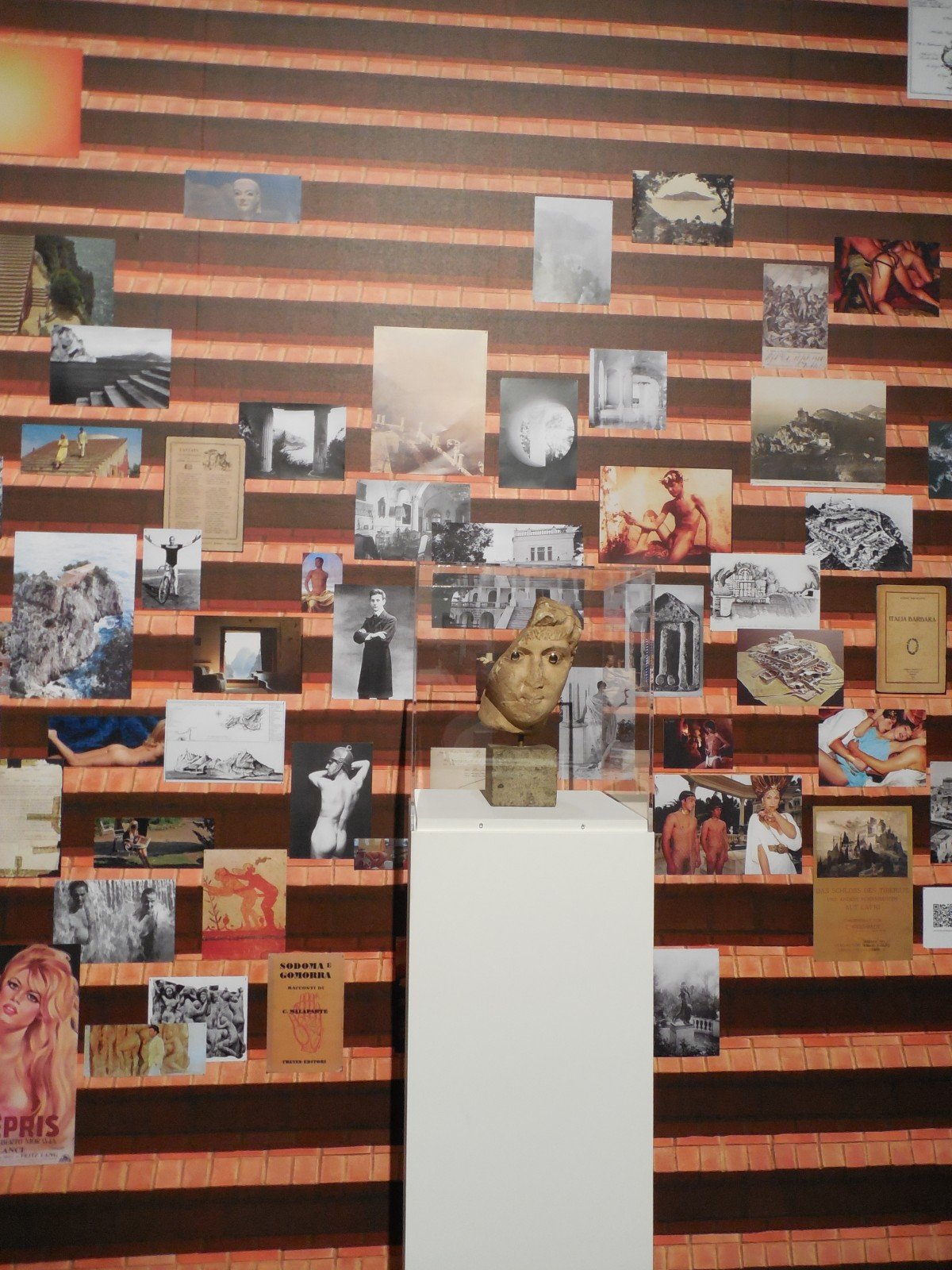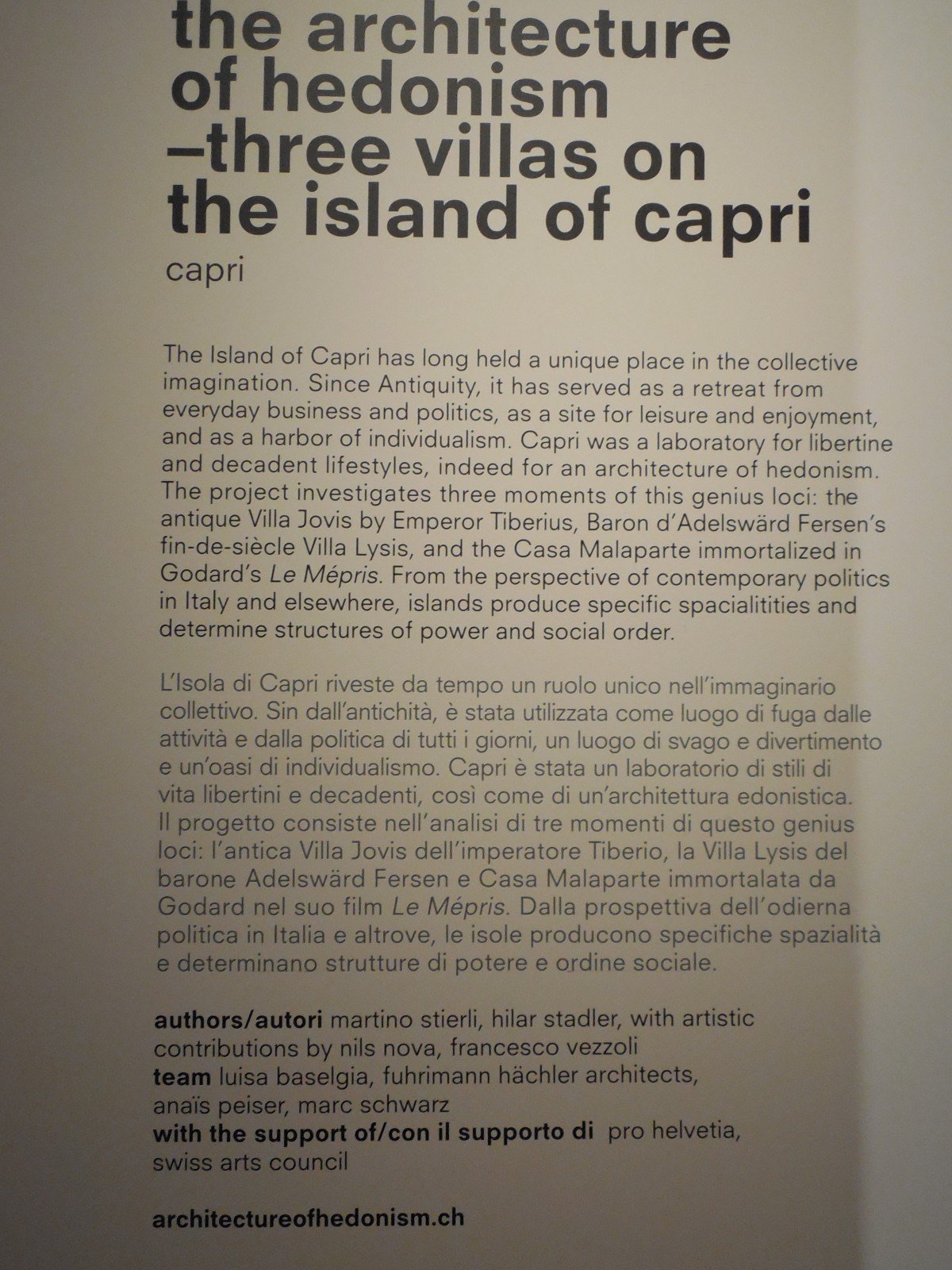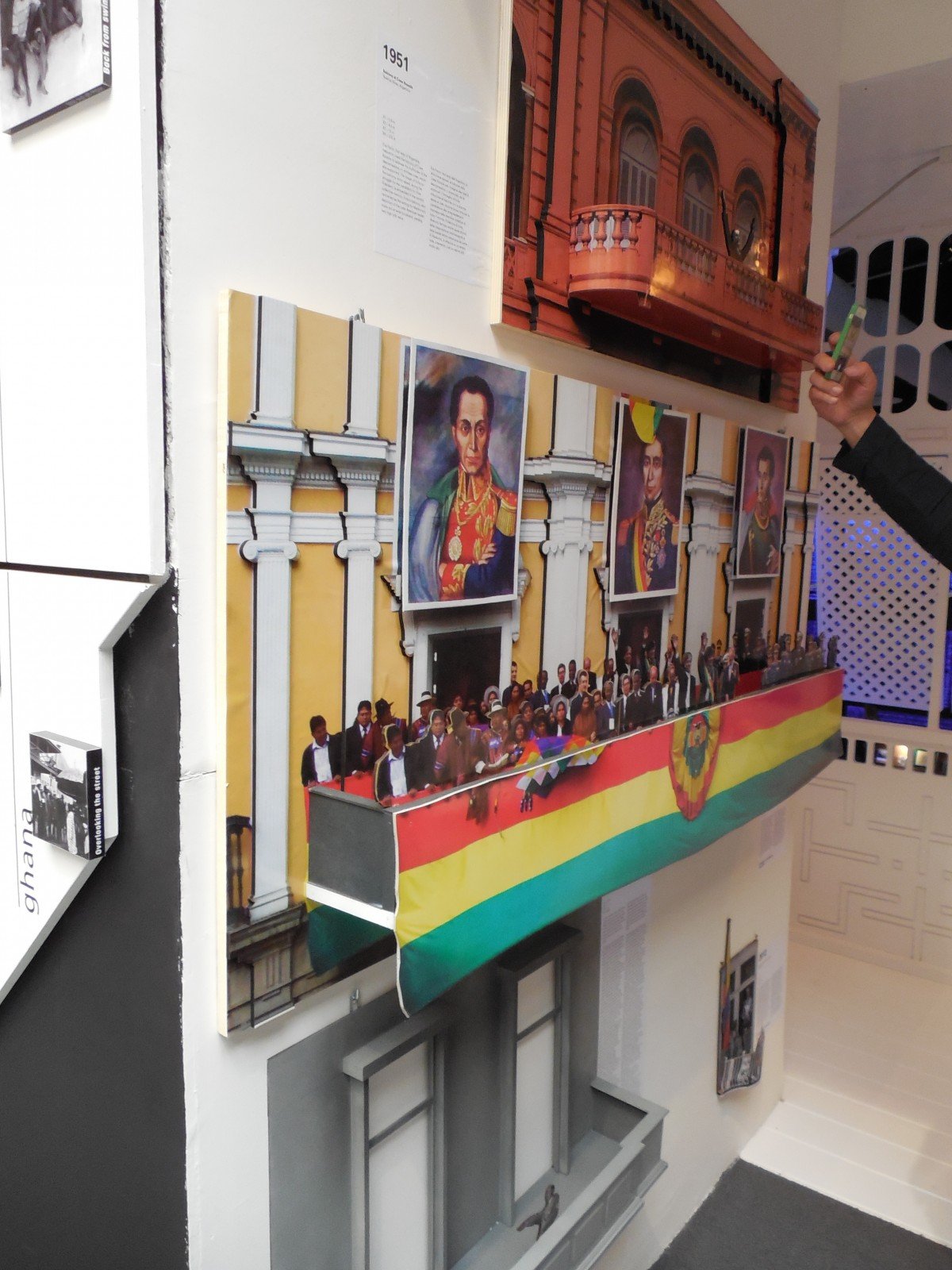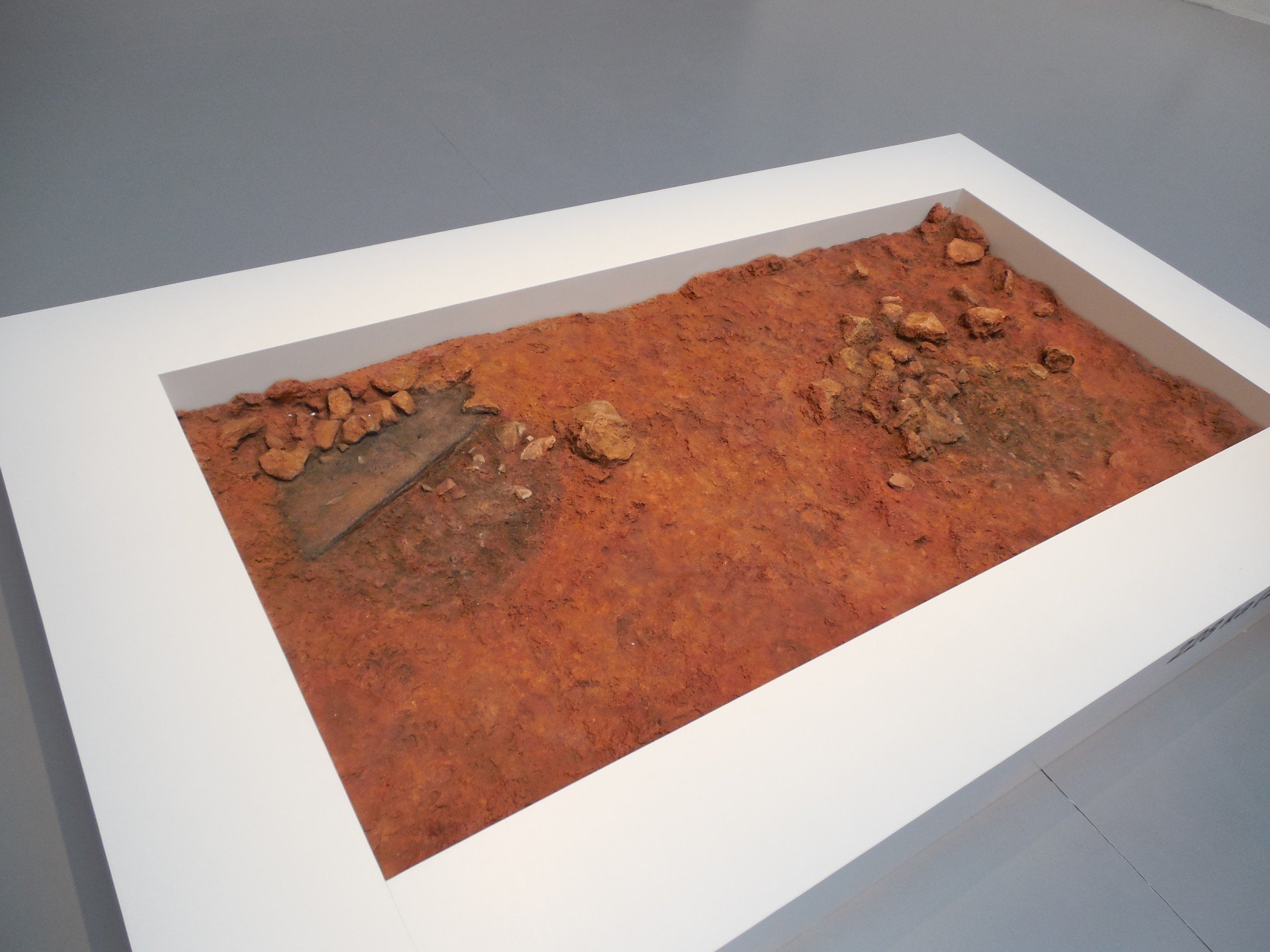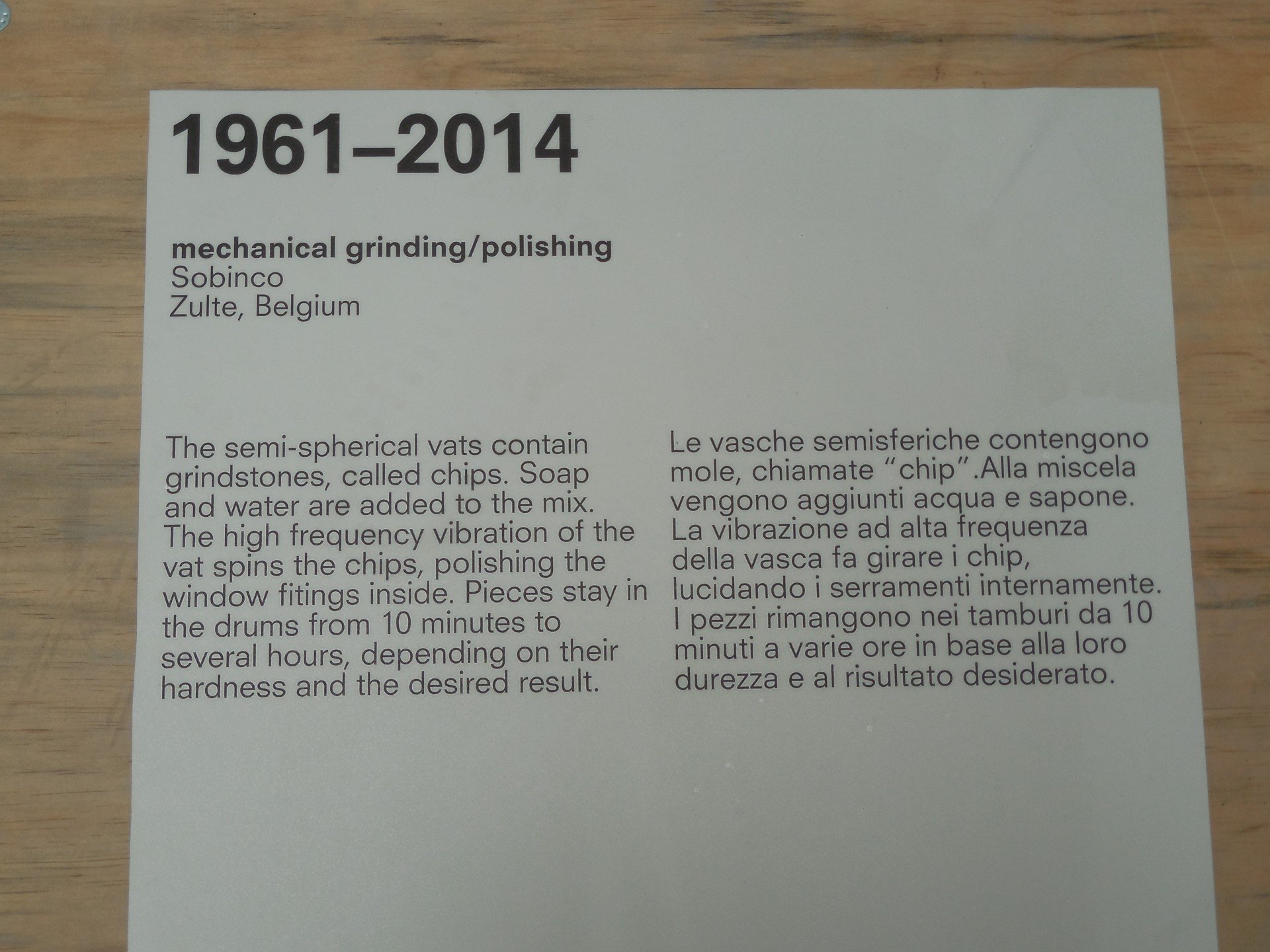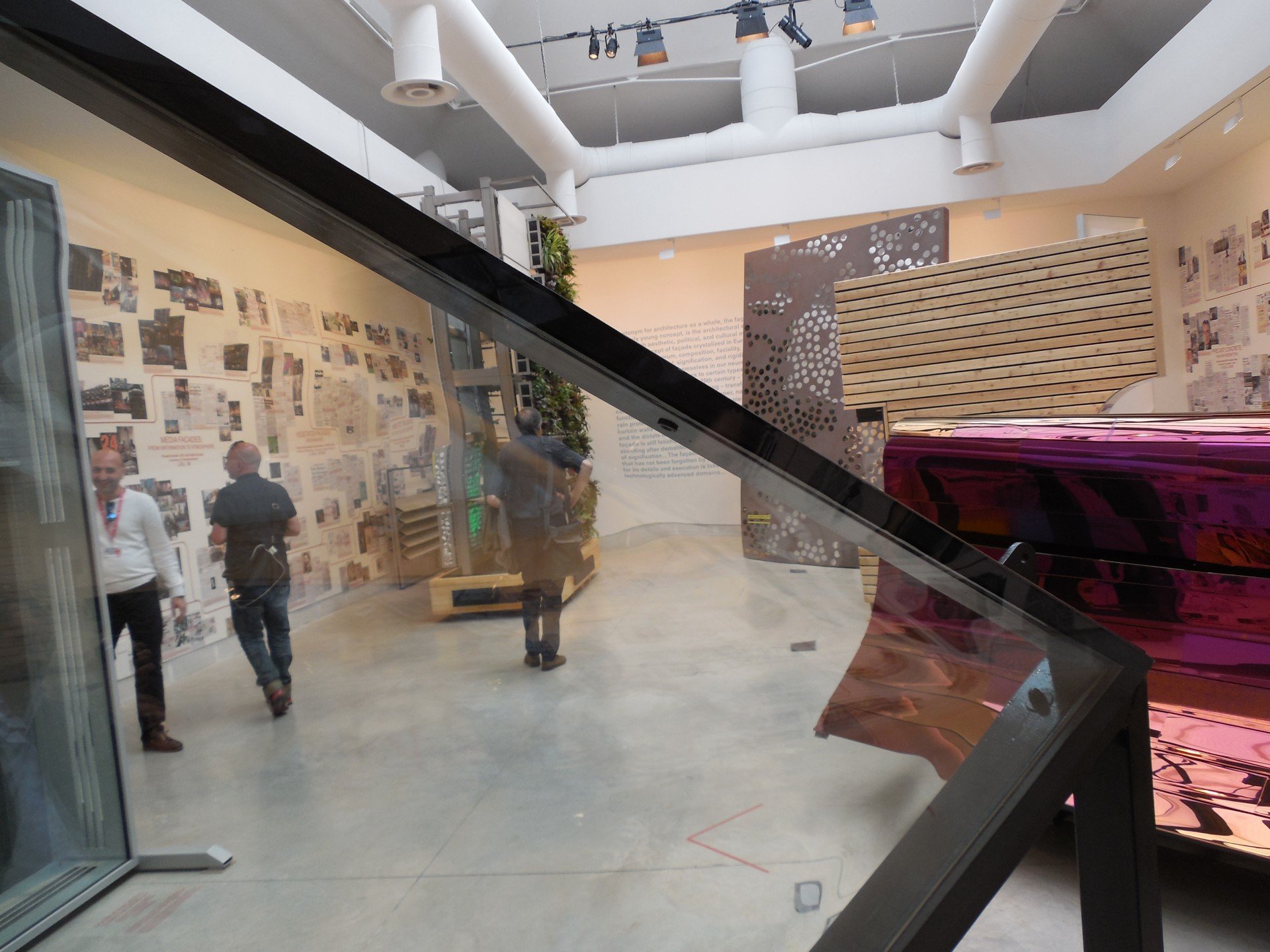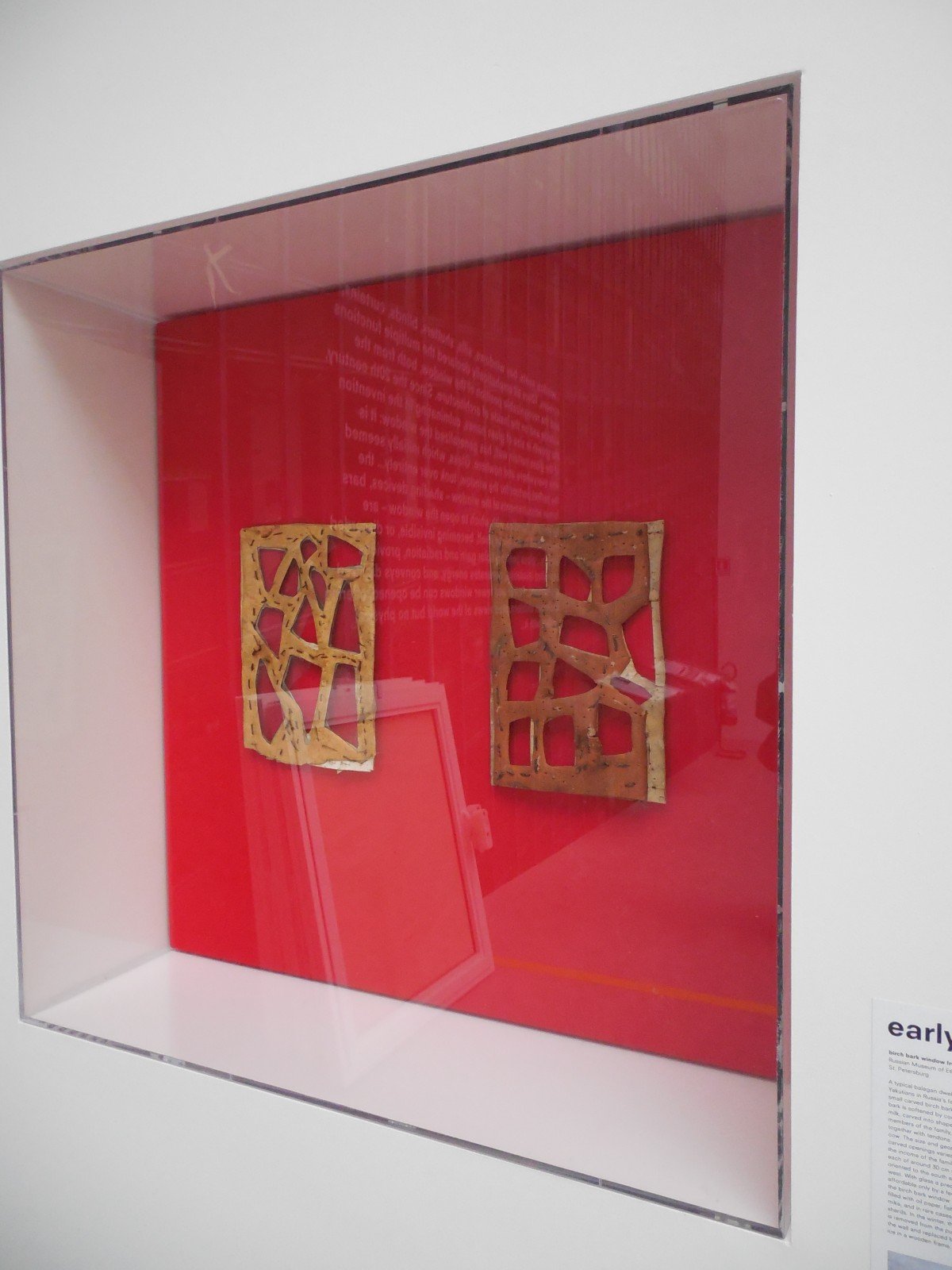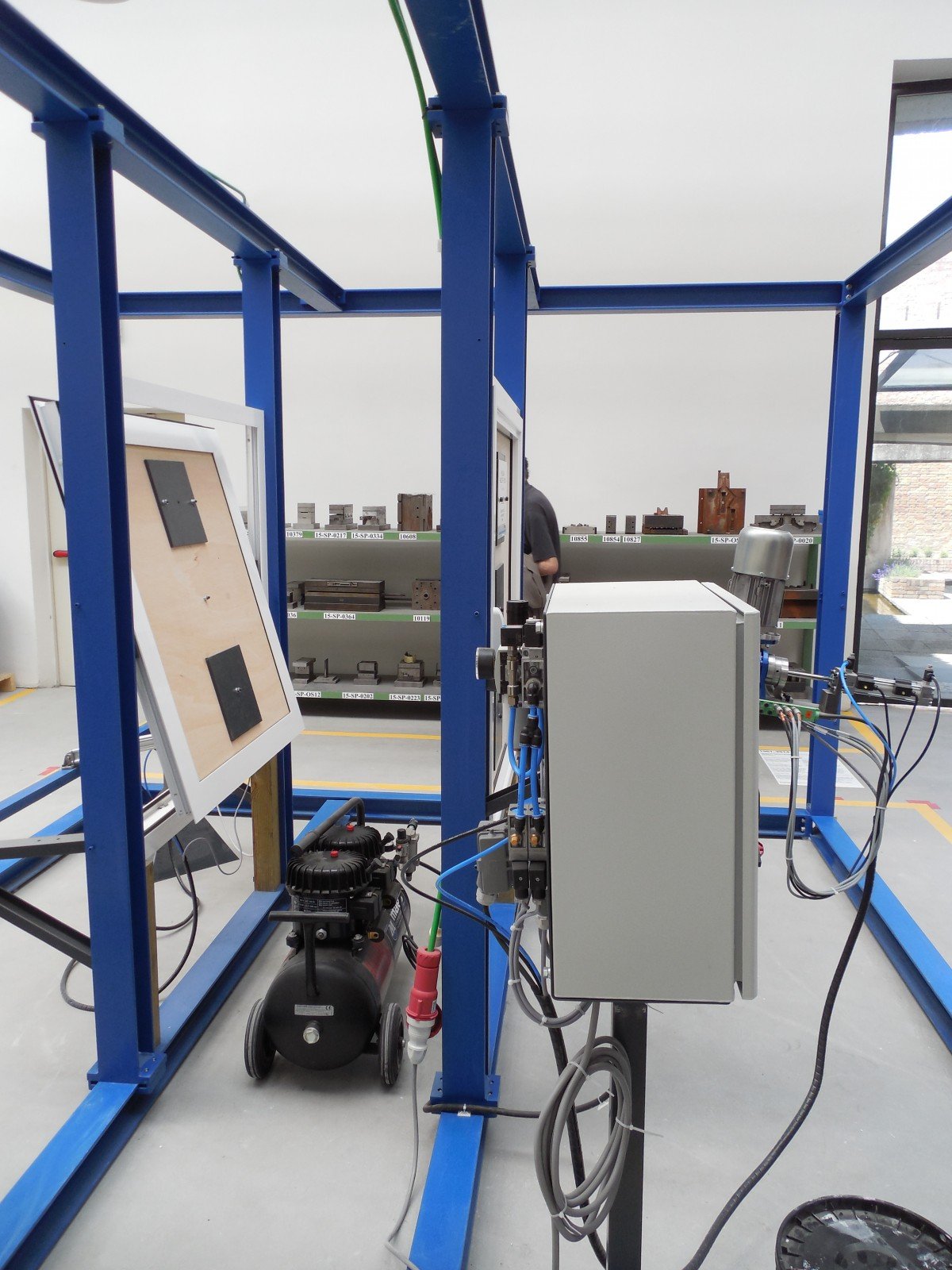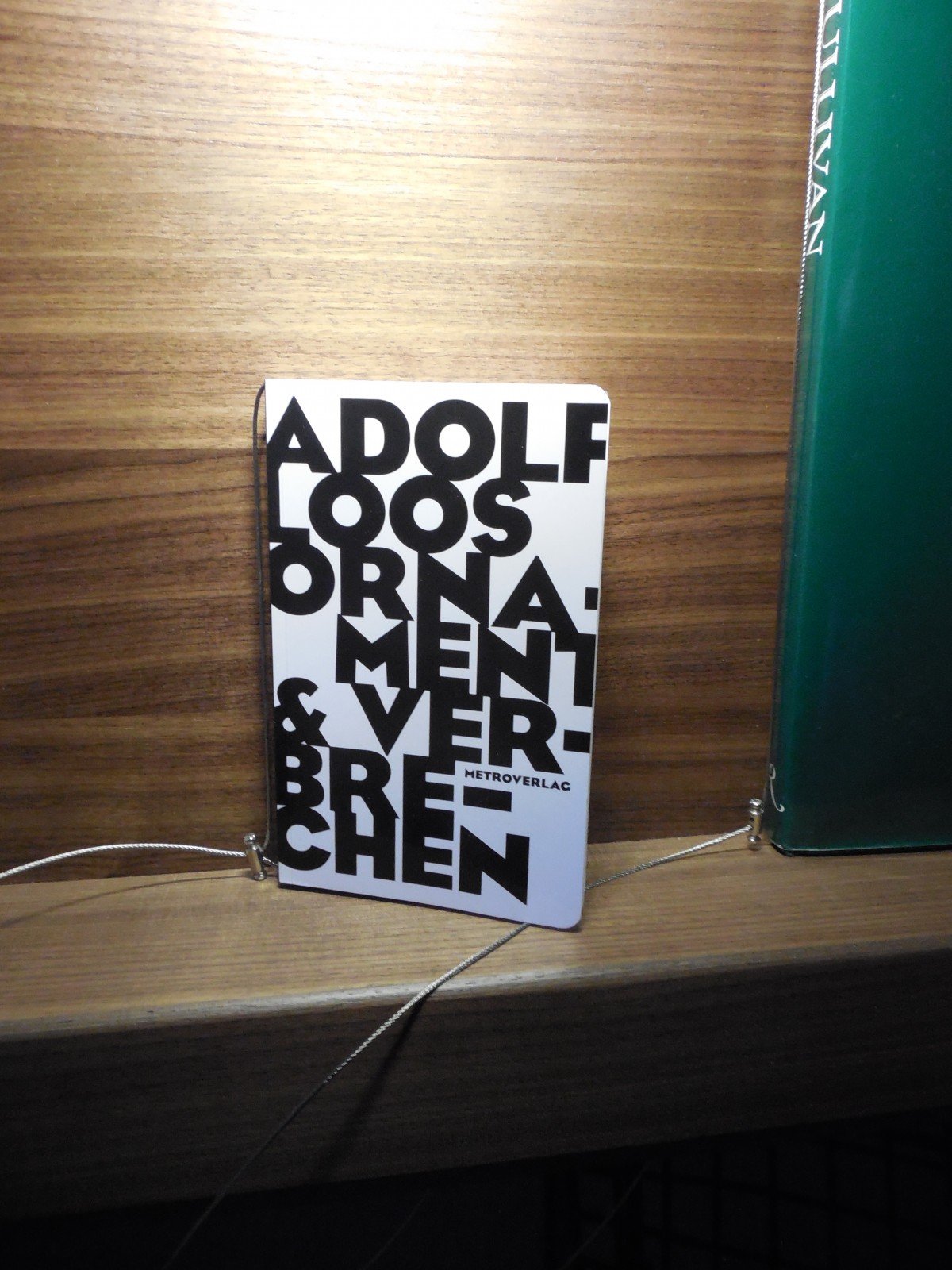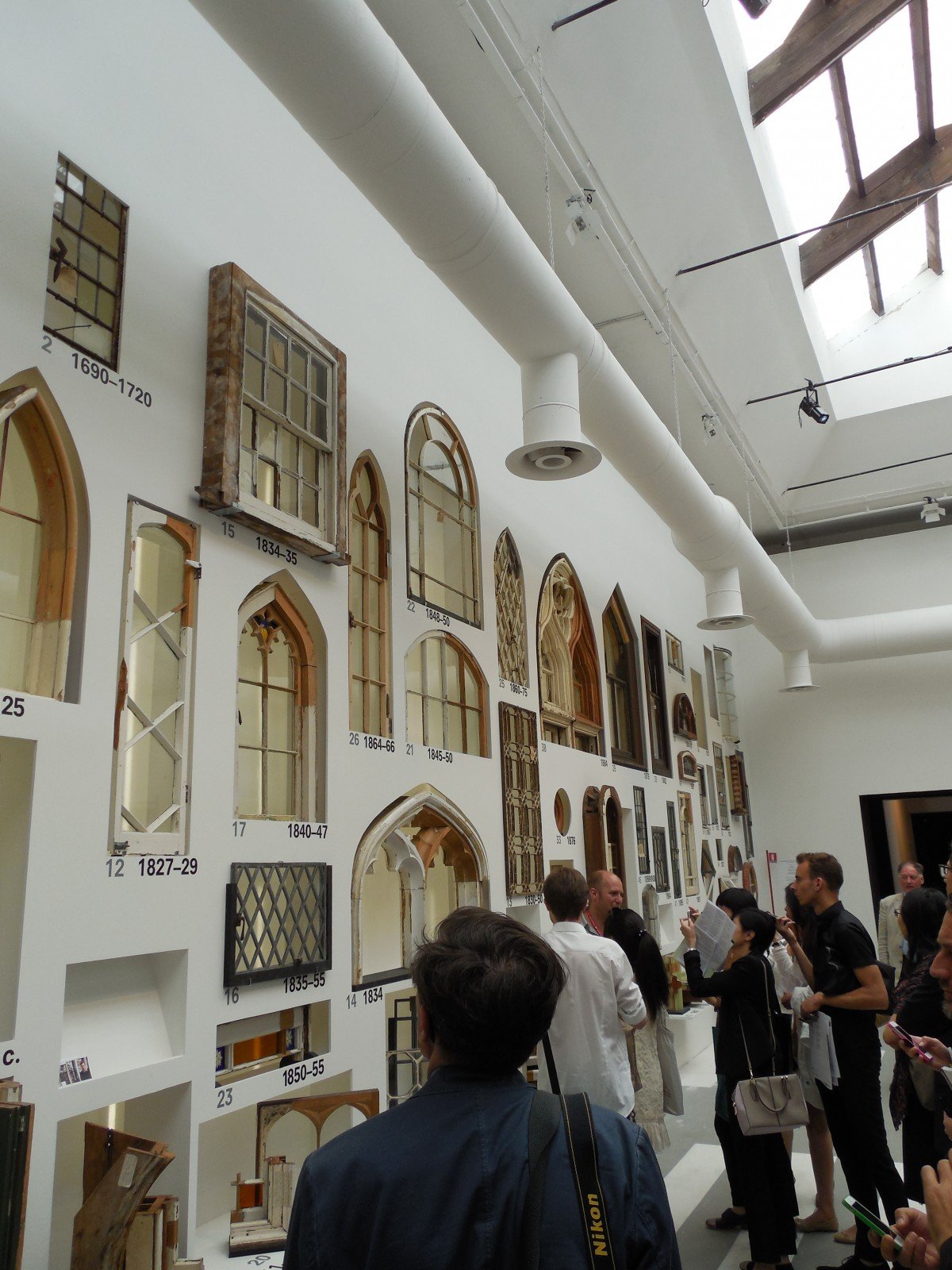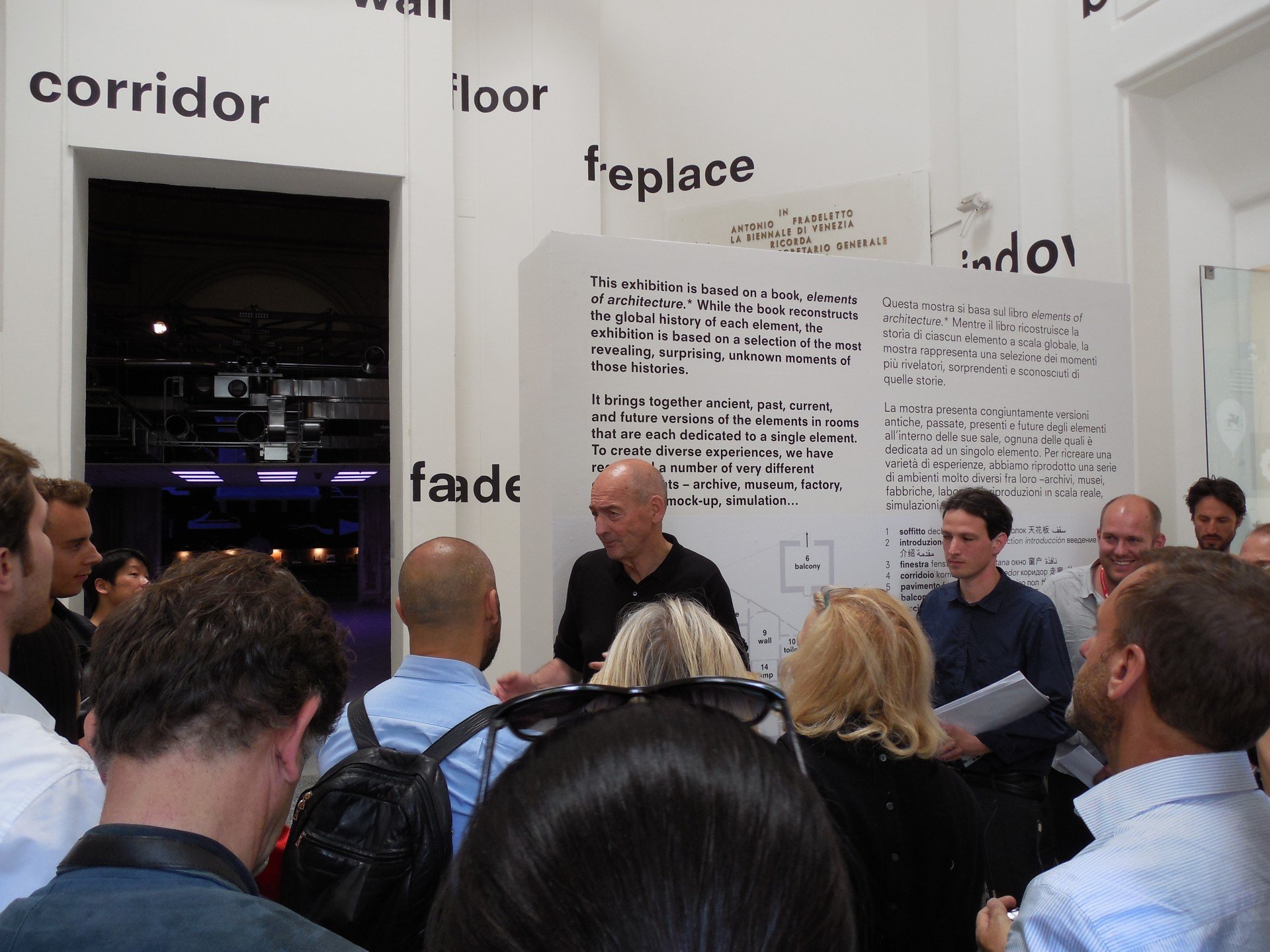Venice: Rem Koolhaas’ fundamentals of architecture don’t include artworks
- “Fundamentals” XIV biennale di architettura, Venezia, “Monditalia”, Corderie
- “Fundamentals” XIV biennale di architettura, Venezia, “Monditalia”, Corderie
- “Fundamentals” XIV biennale di architettura, Venezia, “Elements of architecture”, Central Pavilion. Balcony room
- “Fundamentals” XIV biennale di architettura, Venezia, “Elements of architecture”, Central Pavilion. Elevator room
- “Fundamentals” XIV biennale di architettura, Venezia, “Elements of architecture”, Central Pavilion. Fireplace room
- “Fundamentals” XIV biennale di architettura, Venezia, “Elements of architecture”, Central Pavilion. Ceiling room.
- “Fundamentals” XIV biennale di architettura, Venezia, “Elements of architecture”, Central Pavilion. Ramp room
- “Fundamentals” XIV biennale di architettura, Venezia, “Elements of architecture”, Central Pavilion. Ramp room
- “Fundamentals” XIV biennale di architettura, Venezia, “Elements of architecture”, Central Pavilion. Fireplace room. Copy of fireplace by Piranesi
- “Fundamentals” XIV biennale di architettura, Venezia, “Elements of architecture”, Central Pavilion. Fireplace room. Copy of fireplace by Piranesi
- “Fundamentals” XIV biennale di architettura, Venezia, “Elements of architecture”, Central Pavilion. Fireplace room
- “Fundamentals” XIV biennale di architettura, Venezia, “Elements of architecture”, Central Pavilion. Fireplace room
- “Fundamentals” XIV biennale di architettura, Venezia, “Elements of architecture”, Central Pavilion. Window room.
- “Fundamentals” XIV biennale di architettura, Venezia, “Elements of architecture”, Central Pavilion. Window room.
- “Fundamentals” XIV biennale di architettura, Venezia, “Elements of architecture”, Central Pavilion. Facade room
- “Fundamentals” XIV biennale di architettura, Venezia, “Elements of architecture”, Central Pavilion. Facade room
- “Fundamentals” XIV biennale di architettura, Venezia, “Elements of architecture”, Central Pavilion. Window room.
- “Fundamentals” XIV biennale di architettura, Venezia, “Elements of architecture”, Central Pavilion. Window room.
- “Fundamentals” XIV biennale di architettura, Venezia, “Elements of architecture”, Central Pavilion. Window room.
- “Fundamentals” XIV biennale di architettura, Venezia, “Elements of architecture”, Central Pavilion. Window room.
- “Fundamentals” XIV biennale di architettura, Venezia, “Elements of architecture”, Central Pavilion. Rem Koohlaas explains the relationsheep between elements of architecture and symbol
- “Fundamentals” XIV biennale di architettura, Venezia, “Elements of architecture”, Central Pavilion.
- “Fundamentals” XIV biennale di architettura, Venezia, “Elements of architecture”, Central Pavilion.
- “Fundamentals” XIV biennale di architettura, Venezia, “Elements of architecture”, Central Pavilion. Window room.
- Rem Koohlaas, curator of “Fundamentals”, XIV biennale di architettura, Venezia
- Rem Koohlaas, curator of “Fundamentals”, XIV biennale di architettura, Venezia
Conceptual fine arts visited the preview of the Venice Architecture Biennal 2014, which starts today until 23 November 2014. Unlike recent biennales, whose main focus has always been the work of contemporary architects, this edition seems to reflect upon some of the essential aspects of architecture itself. Thus the title of Biennal 2014 chosen by the curator Rem Koolhaas, that is “Fundamentals”. Koolhaas’ considerations stem from the assumption that architecture has slowly been distancing from the real object of its practice – planning living spaces – thus becoming more and more obsessed with the concept of city. By following this path, architecture appears to have lost its “fundamentals” .
That is why the Central Pavillon presents a repertoire of such fundamental elements: the floor, the ceiling, the roof, the stair, the door, the window, the fireplace, the balcony and so on. While offering a general overview of architecture’s evolution, this research also mirrors the social national changes which have been taking place in the last 100 years.
At times the set-up is rather unappealing. In some rooms, those of the windows or the fireplaces for instance, the visitor may have the feeling of strolling about a DIY market, or a huge hardware store. However, this unattractive appearance could somehow be the extreme reaction to the various excesses of the recent Biennales, where aestethics prevailed over the architecture’s fundamentals.
Some curious stories emerge in this section. For example, that of Friedrich Mieke, a 90-year-old german teacher who has wrote more than 50 books on stairs, after the loss of his left leg. Or the story of architect Claude Parent, who considered inclined surfaces more “interesting” than vertical, or horizontal ones, and for this reason designed some very unconventional interiors.
Besides this simple repertoire, which seems to be made for works personnel, or just funny curiosities, Koolhaas’ retrospective is nevertheless a reflection on the way globalization, together with technical and technological progress, have influenced the architecture’s fundamentals, hence transformed our social life too.
There are many instances in which the visitor will find out that, within globalization, unique national features and mentalities continue to exist and indeed flourish. Another aspect the visitor is invited to think about is how technology has become an essential part of our identity, whether this represents a means of life simplification, or on the contrary an hurdle is up to us to decide…
The Arsenale hosts “Monditalia”, a scan of Italy through various medium – 82 films, 41 architectural projects, and collaborations with la biennale’s theatre, dance and music sections. It results in a partial vision of Italy, yet enough to illustrate the condition of a country which, like many others, is struggling to find a balance between chaos and a realization of its full potential.
What we believe is missing, is an analysis of the relationship between art and architecture, that is out of doubt a “fundamental” of this practice, especially in the Italian golden age, from XV to XVII century – and it is not for case that architects at that time were also painters, sculptors and writers. Should we consider it just a curator’s blunder?
September 22, 2014

